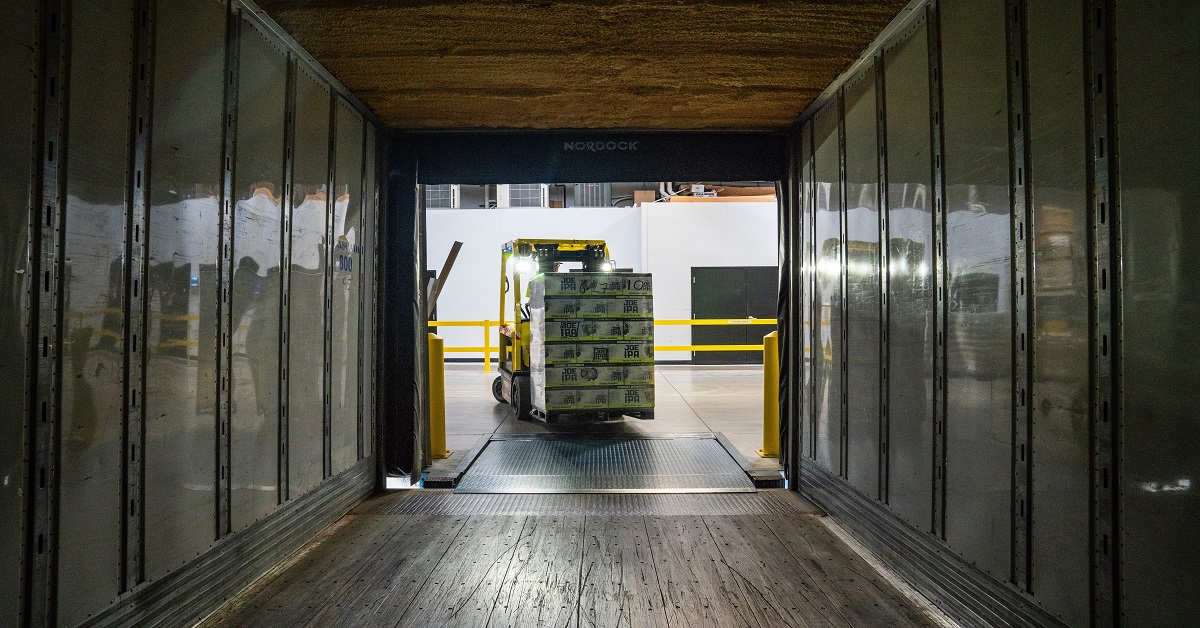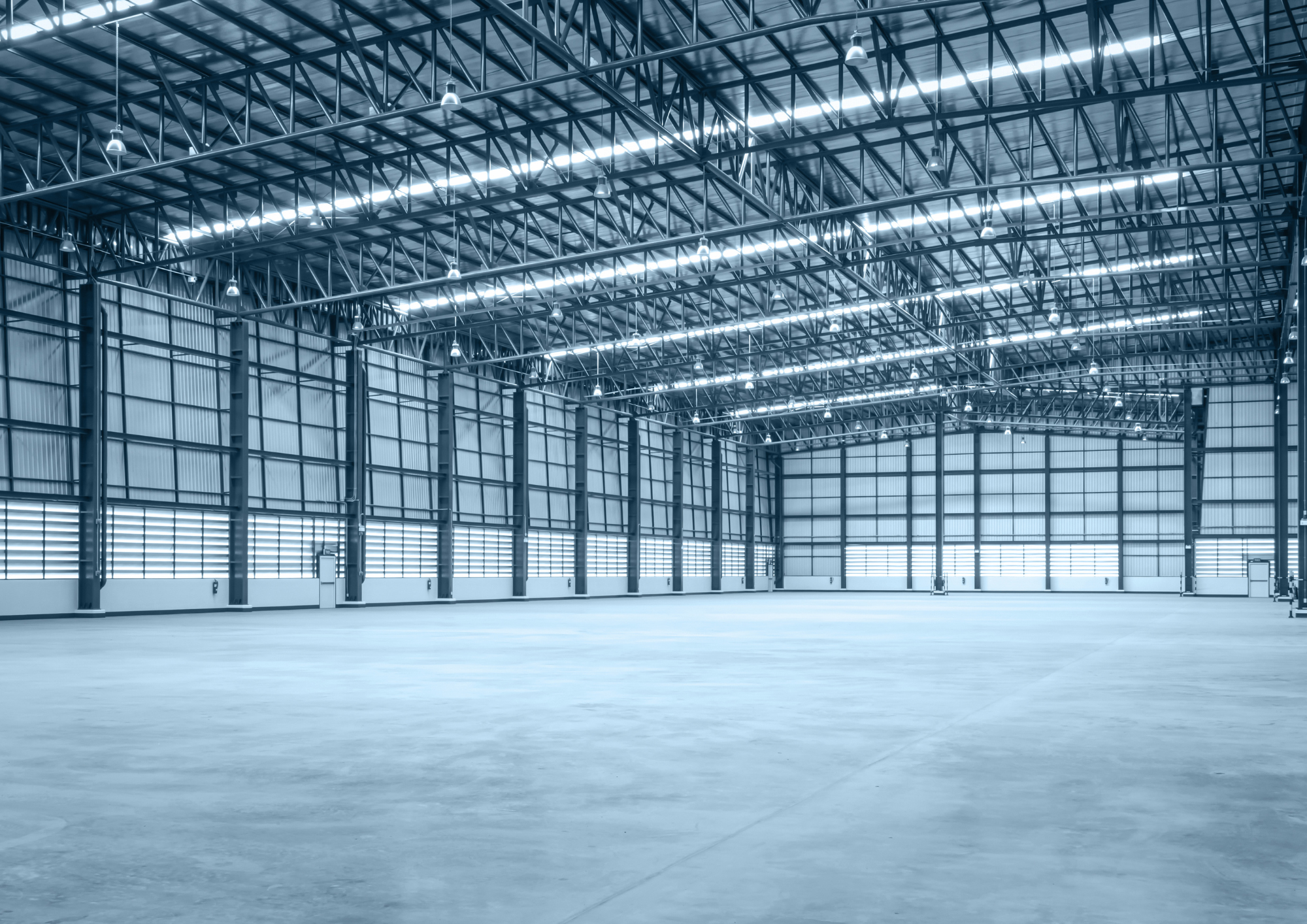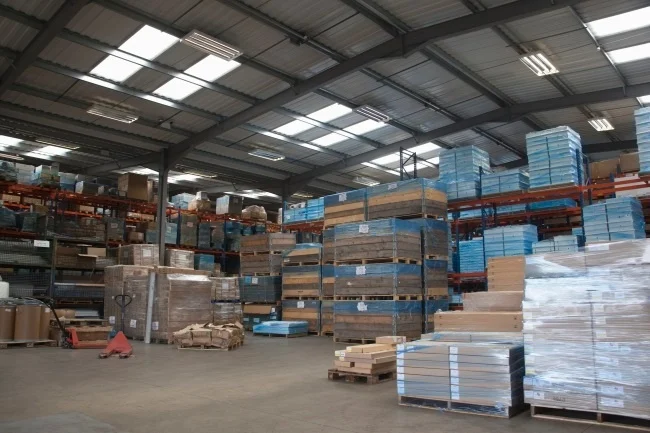Our Other Materials Handling Services
Simulation
Software tools can be used to demonstrate, simulate and model designs. Real time modelling allows clients’ an overview of the proposed operation in the concept design phase enabling the ability to confirm the efficiencies, capacities and improve the resilience of proposed systems.
Simulations predict possible outcomes and scenarios based on real business data. It can help in concept design and in planning to: –
- Improve lead times
- Reduce excess inventory
- Make the most efficient use of available resources
- Address warehousing issues
- Investigate productivity
- Reduce inventory costs
The use of these tools allows for the:
Proving and refining of design concepts
– The design, construction and operational fit out of a warehouse requires significant capital expenditure. Oversights, mistakes, or missed opportunities in the early planning stage will increase operational costs and constrain the future flexibility of the warehouse.
– A warehouse may have operated effectively for some time but as it becomes challenged by an increasing load, its effectiveness and efficiency will lessen.
– Through simulation you can model and review your current methods and operations and test and assess potential changes in a virtual setting reducing the time and cost requirements associated with physical testing.
– By undertaking simulated iterations with different combinations and values of the parameters used in the model these iterations provide a low-cost and low risk method to determine the optimal set up for a warehouse under development or in need of redesign.
Testing what if scenarios
– Using simulation, a comparison can be made in real time of dynamic workloads and conditions. By adjusting the parameters of the model, performance improvement opportunities can be identified.
– Simulation of the operation, implemented with real data, can model aspects of receiving, picking and distribution. A variety of “what-if” scenarios can be created to enable planning for all contingencies, and scenarios such as growth and additional volume or changes in order profiles, etc.
– Simulation provides a way to put a warehouse to the test in a risk-free environment without disturbing the existing warehouse system. It also enables users to determine minimum actual costs without sacrificing the required output.
Sizing of space and storage requirements
By agreeing design horizons and supported by detailed analysis of throughput and inventory requirements both short term and long term solutions can be engineered. The outputs from the model can be used to identify empty pick locations, congestion and resource requirements.
Determination of MHE and labour requirements
Storage, docks, conveyors, forklifts and personnel can quickly be introduced and adjusted within the simulation model. This gives the opportunity to determine how best to fully utilise equipment, maximise efficiency and to assess optimal staffing levels and shift patterns.
External
Simulation can be utilised to great effect in validating vehicle flows on and around a site, identifying potential bottlenecks at gatehouses, dwell time on dock, vehicle staging, gate to gate KPI’s and car and people flows.
Identification of potential bottlenecks
The material flows and movement of goods within a facility involves many variables which simulation software is able to model in order to predict the possible course of events. The model can help to visualise where bottlenecks may occur and to then model the potential solutions to eliminate them.
Review of Automated System Logic
The review of Automated System Logic and identification of the issues and proposed solutions.
The simulation and modelling study was commissioned as a result of the underperformance in parts of the automated materials handling system.
Underperformance was manifested for a number of reasons including:
- Late deliveries into customer RDCs
- Orders being delayed
- Incomplete orders being delivered
Problems were also being experienced in the late delivery of raw materials and packaging to Production; causing production delays and shortages that, in turn, had a knock-on adverse effect on the efficiency and timeliness of finished goods warehousing order picking and loading operations.
As output volumes increased and, as the Warehouse was already working 24 hours per day, seven days per week, it was becoming increasingly difficult and more time-consuming to recover from failures when they occurred, and to build in the resilience to cope with future problems.
The initial aim was to examine the plans and details of the technical systems logic and combine this with discussion with the technical user to allow simulation models to be constructed.
A very important part of this procedure and the modelling was to provide a clear understanding of the running of the system. However, due to lack of in depth data on the PLC and control logic, more emphasis was placed on observation and ultimately the understanding gained from the modelling.
Understanding of the operational and management systems was therefore mainly gained by observation, work shop with the client and from reading operational documentation. The observation activities included timing system activities, tracking of product pallets and noting bottlenecks to allow us to construct an “as is” model.
Having identified and mimicked the problem areas, the simulation model was then used to alter parameters, such as where decisions points were, and to vary some of the logic as to where pallets were sent under certain circumstances.
These changes brought about improvements but still there were problems with bottlenecks. The next stage was to modify the layout and add in some by-passes, move profile gauges and adjust some speed settings.
The results of these changes were then noted and all the modifications into either the logic or the physical layout were modelled independently so that the benefits of each could be realised. These results were then passed on to the equipment suppliers for modifications to be made.
The outcome was that the system was made to perform correctly and eliminate the stoppages that were affecting the ability to move raw materials and finished goods to the right place at the right time.
Conveyor Demonstration Model
This model depicts a plant that produces corrugated packaging. Typically, they receive blanks from a work in process bank between a corrugator and the converting machines which die cut, print and possibly fold and glue the finished packages. The completed stacks of products are then transported to a finished goods area where the stacks are placed on a pallet, then strapped and sometimes wrapped, depending on customer requirements.
This particular plant originally had an automatic car that collected the stacks from the converters and carried them to the finished goods area. This proposal was modelled using conveyors to do this transfer.
The problem with using cars is that if they are busy, completed stacks may wait at the car pickup point and a queue build back forces the converter to pause production. This is known as blocking and it can greatly reduce the utilisation of the converters, especially those with a high output.
The advantage of conveyors over a car is that while they both carry stacks, the conveyor also provides a buffer storage which can reduce the amount of blocking on the converters.
A further requirement was that stacks from a converter should be released as a pair, and maintained as a pair through the system. This was to allow the fork lifts moving the palletised stacks into the warehouse could most easily stack the pair, thus increasing the utilisation of the fork lift trucks. The model demonstrates this feature.
In practice, the model is configured via an Excel spreadsheet that also contains a schedule for each converter. This permits the customer to experiment with different production schedules and various other factors such as proportion of wrapped pallets and sheet sales (these are stacks that are sold to other converter companies).
We use a number of software tools to demonstrate, simulate and model our designs. Real time modelling allows clients an overview of the proposed operation in the concept design phase and allows us an ability to confirm the capacities and improve the resilience of proposed systems. The use of these tools allows for the:
- Proving and refining design concepts.
- Testing what if scenarios.
- Identification of potential bottlenecks.
- Sizing of space and storage requirements.
- Determination of labour and MHE requirements.
- Provision of” fly throughs” to demonstrate visualisation of the operation.
It is important to build flexibility into a design to allow for future developments and changes. The models we build are used to test the boundaries of the performance of the proposed concept and thereby assess its flexibility and resilience.
An added benefit of the modelling is that the models can be run in real time and using 3D graphics can provide movie files that enable the concept to be demonstrated to the operational team.
Inbound and Outbound Transport Flows
Purpose: To optimise the positioning of the Gatehouse to avoid vehicle queuing back on to the public highway – Inbound – and congestion within the site – Outbound and identify waiting times and resources requirements.
Description: Inbound vehicles arriving are split into three lanes – two for suppliers (green) and one for client’s own vehicles (blue).
Private Vehicles Flows Entering and Leaving Site
Purpose: To identify the effects of vehicle flows at shift change to determine road and junction layout to minimise effect on public roads.
Description: Cars arriving and departing at shift change – over three shifts.
Pallet Conveyor System
Purpose: To identify bottlenecks and test potential changes to the system. This system is a pallet conveyor system linking a raw material and finished good stores with production.
Description: To identify the impact of varying pallet flows on the overall through put of the conveyor system and determine the buffer requirements.
Supplier Route DC Flyover
Fly Through: Supplier vehicle routing around a flow through Distribution Centre (DC) from Gatehouse to Gatehouse.
Description: Demonstrate the separate routing of supplier vehicles from entering site to dock for unloading via Resource Recovery Unit and exit of site.
Store Delivery Route DC Flyover
Fly Through: Store delivery vehicle routing around a DC from Gatehouse to Gatehouse.
Description: Demonstrate the separate routing of store delivery vehicles arriving back at the DC visiting the derv island, vehicle wash and Resource Recovery Unit prior to loading for the next delivery.

Growing sales, new store openings, or supply chain challenges? LPC International helps you adapt by re-engineering facilities to boost storage, optimise workflows, and reduce costs. We can extend the life of existing sites or plan for future expansion—often eliminating the need to relocate.
Book a meeting today to turn growth challenges into opportunities.





